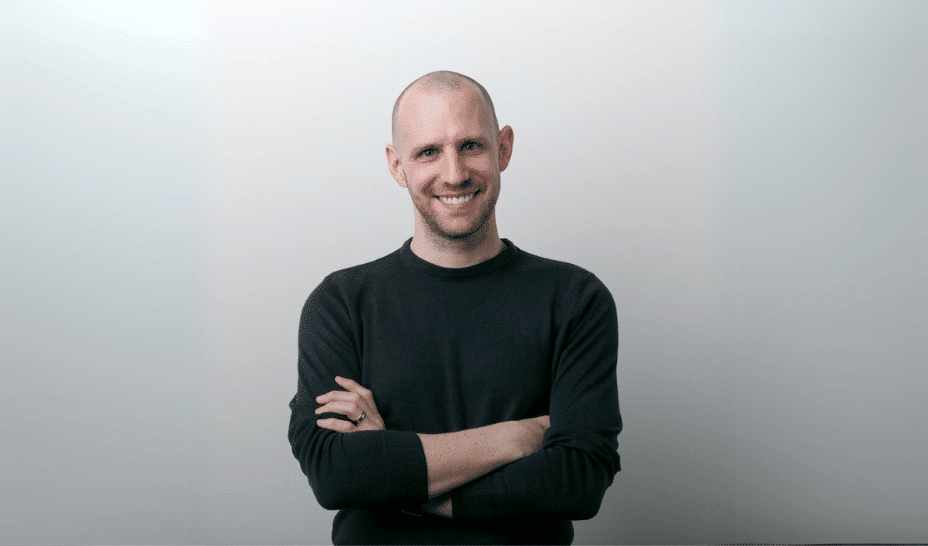What surviving cancer outliers can teach us: The tech behind a new paradigm in oncology

If we want to make true progress in the fight against cancer, we need to radically shift our focus. For decades, the medical community has studied what goes wrong when cancer kills, why certain cancers resist treatment and what goes wrong when patients succumb to disease. But a quieter, more unconventional approach is beginning to gain traction: using advanced technology to study the opposite, why some people survive aggressive cancers far longer than predicted.
What we’re noticing is that this pivot in perspective is gaining momentum across research institutions globally. Instead of focusing solely on tumour progression, scientists are now more keen than ever to analyse statistical “outliers”—patients who, despite dire prognoses, achieve long-term survival in cancers like glioblastoma, metastatic pancreatic cancer, and small cell lung cancer.
From rare cases to rich data
Outlier analysis is nothing new in epidemiology, but recent advances in data infrastructure, molecular biology, and multi-omic profiling are unlocking new ways to apply it to oncology. By aggregating clinical records, treatment histories, genetic and transcriptomic data, and immune responses from exceptional survivors, researchers can begin to isolate the molecular and systemic patterns associated with unexpectedly positive outcomes.
For example, spatial transcriptomics—a cutting-edge technique that maps gene expression to specific areas of tissue—allows scientists to understand not just what genes are active in a tumour, but where and in what cellular context. Similarly, multi-omic integration, which is the approach we are focused on at Cure51, provides a more holistic view of what may be enabling some patients’ immune systems to mount an unusually effective response.
Cancer research, which is our turf, has long been dominated by averages. Clinical trials, risk models, and therapies are designed around typical cases and median outcomes. But progress often hides in the margin,s and tech can help identify that. Outliers reveal what is biologically possible, even if it’s statistically rare. Studying them could teach us how to shift the curve for everyone else.
In the same way that extreme weather events are now studied to understand climate change, we believe extreme cancer outcomes must be analysed to rewrite the narrative of what is medically achievable. One survivor of glioblastoma may not tell us everything, but 50 might.
A global infrastructure for a rare phenomenon
This work depends on the availability of high-quality, well-annotated data from across the world. Researchers are now pooling survivor case data through global collaborations with major hospitals. Today, anyone involved in techbio can technically form centralised cohorts of these rare patients, often at a global scale. In many cases, this involves decades of clinical documentation, biospecimen access, and informed consent frameworks for reanalysis.
These networks enable not just case aggregation, but also the deployment of common technology platforms and levels of collaboration that were unimaginable just 5 years ago—cloud-based data lakes, AI-driven pattern detection, and interoperable health records—all of which are essential for drawing meaningful insights from a small but biologically revealing group of patients.
A new frontier for precision medicine
What makes this approach so compelling is that it complements, rather than replaces, existing methods of cancer research. As we know, traditional models emphasise median outcomes and risk stratification; outlier-focused approaches aim to stretch the curve. They seek mechanisms that don’t just help patients survive despite the odds, but that may one day help future patients change those odds altogether.
Beyond new biomarker discovery, this research could inform more effective treatment sequencing, novel immunotherapy combinations, or even entirely new therapeutic targets. The technological capacity now exists to mine this kind of data at scale. What’s needed is the commitment to look in an unconventional direction.
A shift in mindset, powered by technology
Studying rare cases has always been scientifically valuable—but until recently, doing so in oncology has been limited by data silos, fragmented patient follow-up, and lack of cross-institutional coordination. Today’s advancements in bioinformatics, remote data capture, and cross-border clinical collaboration are changing that.
If we want to accelerate the pace of breakthroughs in cancer treatment, we may need to ask a new kind of question: not just why patients die, but why some of them live. The answers may already exist—we just need the tools and mindset to find them. In a field where progress can feel agonizingly slow, we need fresh ideas and new directions. Studying the few who defy the odds may be one of the fastest paths to changing the odds for everyone else.
Cancer delenda est. The fight continues.
The post What surviving cancer outliers can teach us: The tech behind a new paradigm in oncology appeared first on EU-Startups.
What's Your Reaction?
 Like
0
Like
0
 Dislike
0
Dislike
0
 Love
0
Love
0
 Funny
0
Funny
0
 Angry
0
Angry
0
 Sad
0
Sad
0
 Wow
0
Wow
0





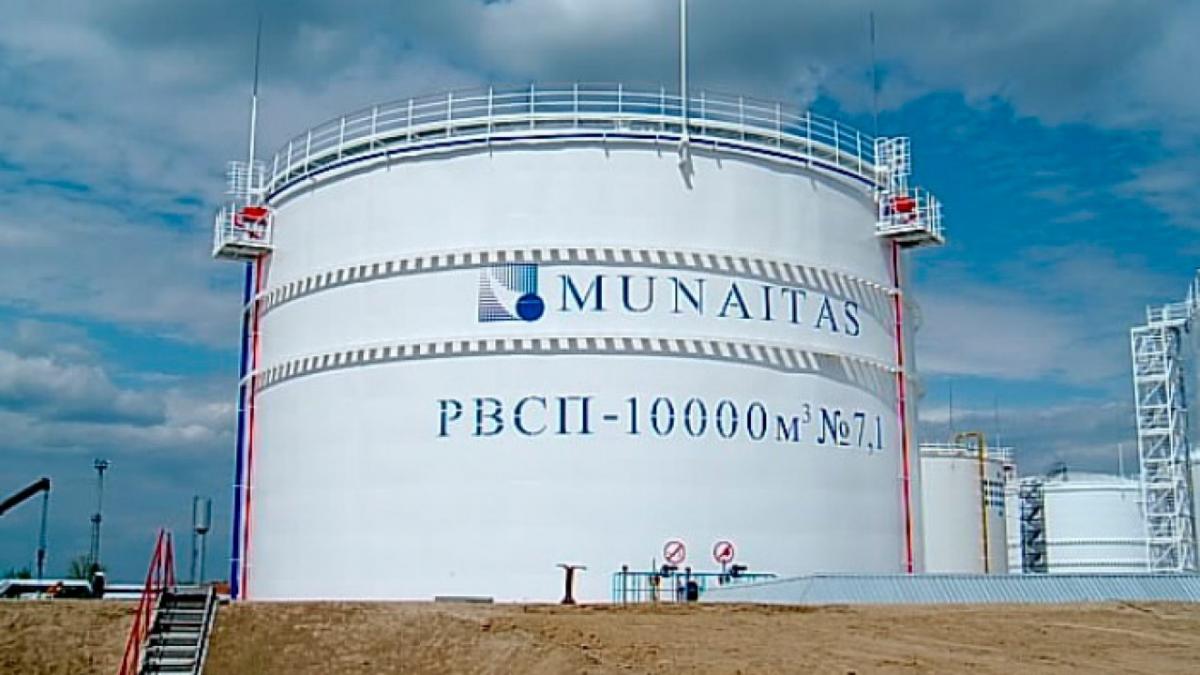
















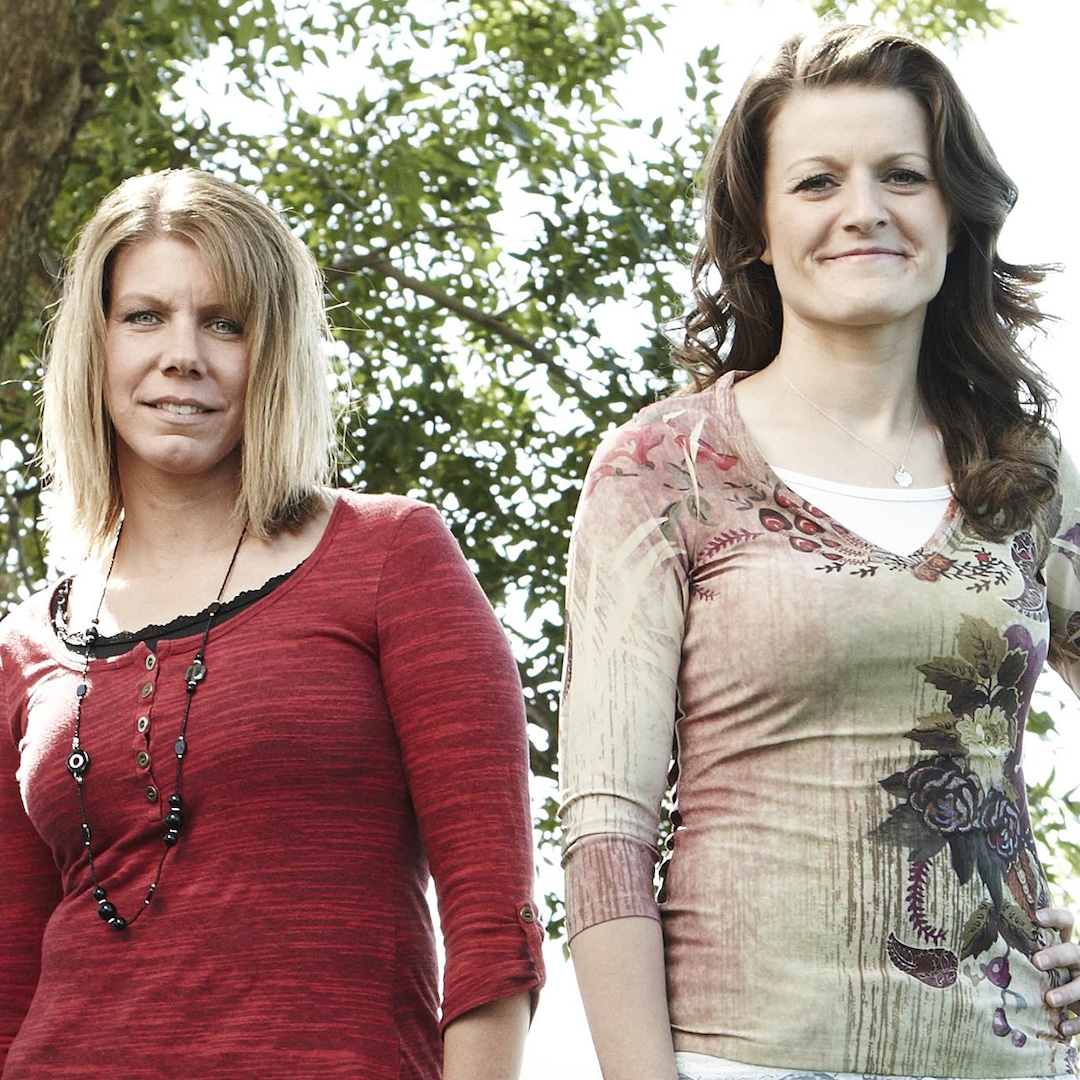










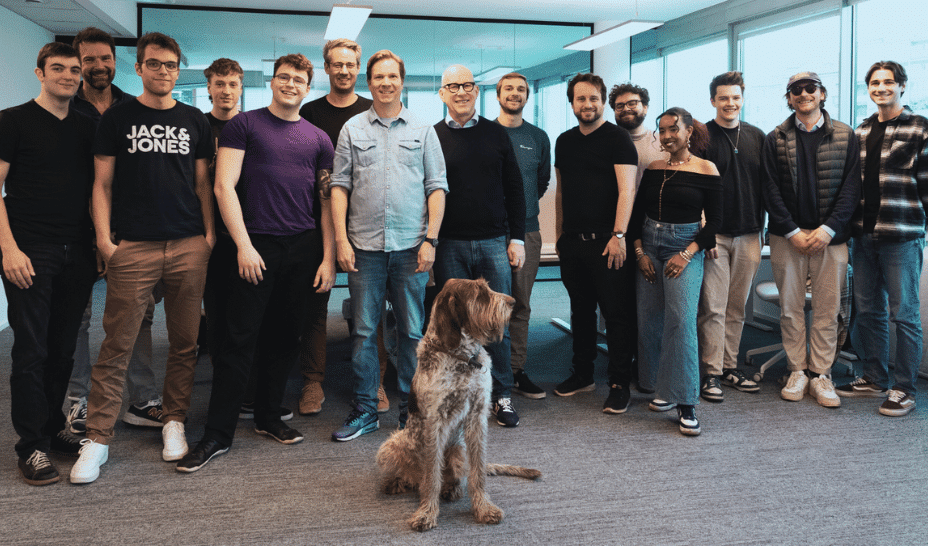






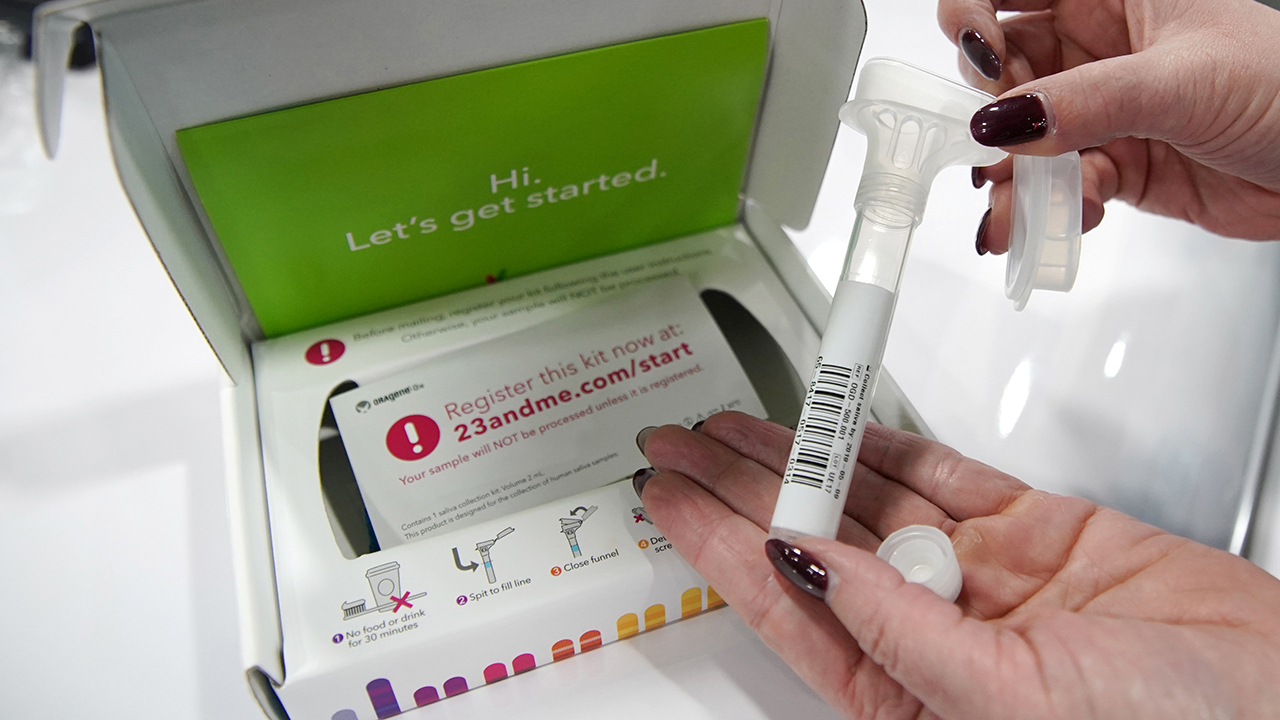






.png?Expires=1838763821&Key-Pair-Id=K2ZIVPTIP2VGHC&Signature=IO0~CT3pU-TcxGc~yoZSmoQx23MZVuK-~4jSii~NKEblRmyO3el7NXPu~Rh1o23voASg7hlcHLw4kvQuDK1jssEhcjoNBBvEpZ~GGOAU6yosBhpHpeF179F~h7i6VxmsBNh9gtTutkoqY73O2YCFey~IAqSzKbBqETP1kP9cAg1916Z1YkJJs-5MliMrkZ5d7-mWGLbpHp2wGj2VlMph8XzYlL4~y1O7fB~JdIS~Rs4RMRs2x0WT1qUIpHAsf3GdwtOyAmKFSpIg8xCyNGZZ5h~13nXlmpd7uPvW8tBfttpG9pFTqcway-uch5WyfHOEfi7UlJCOWrr6fCYY5PMgSg__)


